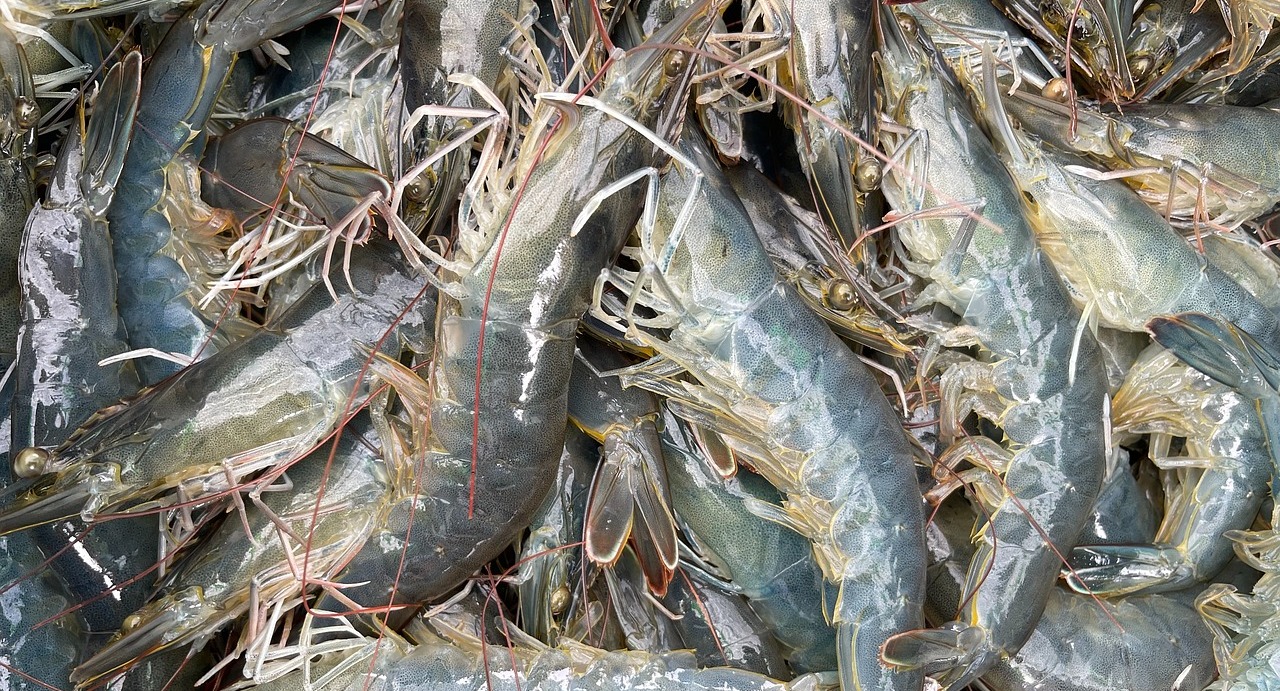Super-Intensive Indoor Hybrid Biofloc-RAS Shrimp Farming System

KEY INFORMATION
Life Sciences - Agriculture & Aquaculture
TECHNOLOGY OVERVIEW
Vannamei shrimp culture is often plagued by disease outbreaks. White Spot Syndrome Virus (WSSV) and other pathogens can make shrimp harvest cycles unpredictable. This technology relates to a comprehensive hybrid biofloc-RAS (recirculatory aquaculture system) shrimp farming system that delivers high yields and mitigates disease.
Shrimp post-larvae typically grow faster in biofloc systems and have lower feed conversion ratios (FCRs) for the first 30 days of culture than in clear water recirculation systems. Our technology is cost-effective, scalable, and can be adapted to vertical farming formats.
The technology provider is looking for aquaculturist partners who would like to embark on indoor shrimp farming projects.
TECHNOLOGY FEATURES & SPECIFICATIONS
Biofloc technology is an organic approach to shrimp farming. Instead of using costly water purification strategies, sterilization methods, or medicinal applications to eradicate harmful pathogenic agents such as viruses and bacteria, we focus on populating the water microbiota with a community of beneficial microbes, algae, and zooplankton. These beneficial microorganisms outcompete harmful pathogenic agents, remove toxic ammonia, and serve as a food source for shrimp.
This technology includes:
- A proprietary process for inoculating, growing, and maintaining biofloc throughout the duration of shrimp culture, until animals reach a harvest size of 10-20g.
- A database of the biofloc microbiome obtained via DNA sequencing.
- A proprietary hybrid biofloc-clearwater RAS system design.
- Training programs and knowledge transfer opportunities.
POTENTIAL APPLICATIONS
The biofloc technology has been tested indoors and has achieved successful disease-free survival rates of up to 70-75%. This know-how can also be adapted for use in outdoor commercial shrimp ponds with similar survival rates. In addition to shrimp cultivation, biofloc technology can also be used for fish hatchery/nursery operations for certain fish species, general water treatment operations, and possibly for the cultivation of oyster spats.
Market Trends & Opportunities
The global P. vannamei shrimp market is currently worth about USD 30 billion annually. Biofloc shrimp culture can be easily scaled up indoors for super-intensive commercial production in 10-20 ton PVC culture tanks. The average harvest yield is between 4-6 kg/ton of water over a period of 8-10 weeks. This translates to 40-50 tons/hectare in an optimal situation, which is significantly higher than the typical yield of 10-20 tons/hectare for outdoor pond shrimp culture.
If PVC culture tanks are stacked vertically, harvest yields can potentially reach >200 tons/hectare. Water expenditure is low because biofloc does not require daily water changes. Water only needs to be topped up to compensate for losses through evaporation. Electricity consumption is also very low because there is no need for high-power water purification equipment or continuous water circulation. In addition to these advantages, biofloc also lowers feed conversion ratio (FCR) and can be easily adopted by existing shrimp farms or land-based fish farming operations.
Unique Value Proposition
This innovation represents a low-cost, controlled indoor shrimp farming solution that mitigates disease outbreaks. Some of its features are as follows:
- Low capital expenditure (CAPEX): The initial investment required to set up a biofloc shrimp farm is relatively low.
- Low operating costs: The day-to-day costs of running a biofloc shrimp farm are also low, as there is no need for expensive water treatment chemicals or additives.
- No harmful or toxic chemicals/additives: Biofloc shrimp farming is an environmentally friendly approach, as it does not require the use of harmful chemicals or additives.
- Predictable harvest cycles: Biofloc shrimp farming can produce predictable harvest cycles, as the water quality is tightly controlled.
- Low or no disease incidents: Biofloc shrimp farming can help to reduce the risk of disease outbreaks, as the water quality is kept optimal.
- Zero-water exchange: Biofloc shrimp farming does not require the exchange of water, which can save water and reduce the risk of introducing pathogens.
- Easily scalable indoors: Biofloc shrimp farming can be easily scaled up indoors, making it a viable option for commercial production.
